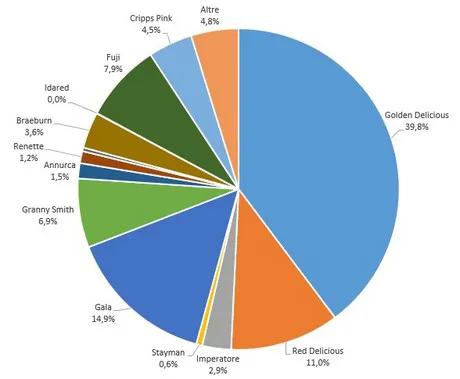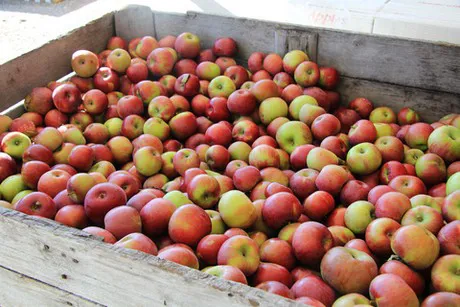
Production should be in line with last year despite the drop in cultivated areas. This year, 50,970 hectares have been planted compared to the 51,640 of last year and the over 59 thousand of 2008 and 2009.
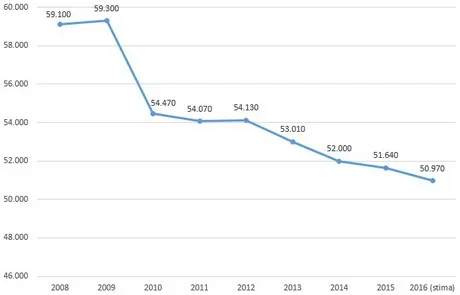
Cultivated areas (hectares) between 2008 and today. Click here to enlarge. (FreshPlaza processing of Assomela/Eurostat data)
This drop in cultivated hectares is actually positive, as production is similar to 2015. Last year, almost 2.3 million tons were produced (2,179,808 tons to be exact) and, this year, 2,281,814 tons are expected.
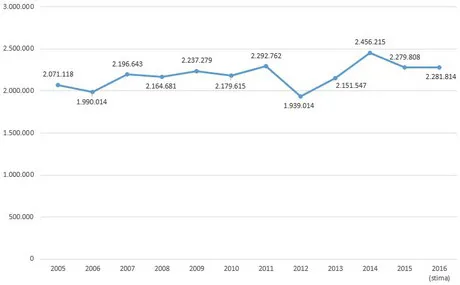
The Italian apple production (tons) between 2008 and today. 2016 is an estimate. Click here to enlarge. (FreshPlaza processing of Assomela data)
It is important to stress how production has dropped (-3%) both in Alto Adige and Trentino, while Veneto, Piedmont and Emilia-Romagna have all increased their quantities (+8, +13 and +7% respectively).
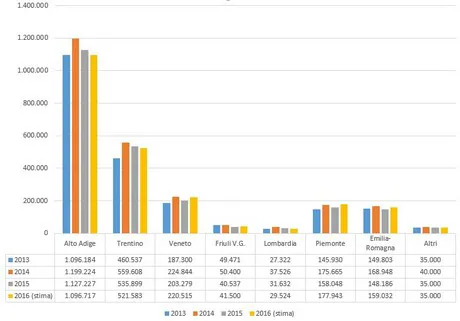
Italian apple production (in tons) by region, 2013 to today. Click here to enlarge. (FreshPlaza processing of Assomela/CSO data)
The main cultivar remains Golden Delicious (40%), despite the 4% drop compared to last year. A drop was registered also for Granny Smith (-10%) and actually for all traditional varieties. Although volumes remain limited, an increase was instead registered for newer varieties such as Cripps Pink (+18%). The drop in volumes of traditional varieties is being experienced also at a European level - Golden Delicious -7%, Gala -4%, Red Delicious -2%, Idared -6%, Jonagold -11%.

